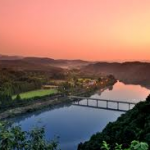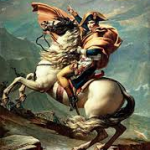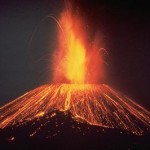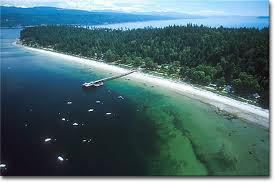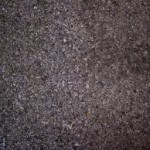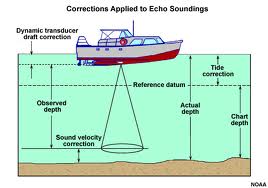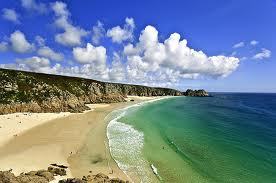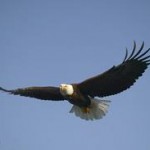
Our brain controls everything that happens in our body. In the form of nerve impulses, information travels to and from the brain along the thick bundle of nerves in our spinal cord. The brain is the only organ that can make decisions about actions, based on past experience (stored information), present events and future plans.
What do we have inside the brain?
Our brain is made up of millions of neurons. it is protected by the skull and cushioned by a thin layer of liquid called cerebrospinal fluid. The brain has four main parts : the cerebrum, cerebellum, diencephalon and brain stem.
The cerebrum is the largest part of the brain. It controls most physical activities, and many mental activities, such as thinking and learning. It also controls the cerebellum which in turn co-ordinates muscle movement and balance.
The diencephalon has two parts. The thalamus sorts out impulses as they enter the brain, and directs them to other parts of the brain for processing. The hypothalamus plays a vital role in homeostasis. It controls hunger, thirst body temperature, and the release of hormones from the pituitary gland.
The brain stem controls automatic functions; such has our heartbeat and breathing. It contains three parts: the pons, medulla, and midbrain.
Areas of cerebrum: cerebral cortex forms the outer layer of cerebrum. It can be divided in to three types of areas. They are: Sensory areas that receive information from all part of our body, such as the eyes and ears; association areas analyses the information and make decisions. Motor areas send orders for action to muscles or glands.
There are two halves in cerebrum which are known as cerebral hemispheres. These two are joined by the corpus callosum, which is a thick band of nerve fibres. Each hemisphere controls the opposite side of the body or deals with different skills. For example in right-handed people, the left hemisphere controls the use of language, while right side specializes in recognizing objects. In most left-handed people it is the other way.
Memory: There are two different types of memory. Motor-skills memory which helps us to remember how to do actions, such as walking or riding a bicycle.
Factual Memory enables us to remember specific pieces of information.
There are also two levels of memory. Short-term memory which stores information for only a few minutes. Anything that we can remember for longer is in our long-term memory. Information can be stored in our long-term memory for up to a lifetime.
Brain waves: The electrical impulses between nerve cells in our brain can be detected through our skull by sensor pads called electrodes. The patterns or brain waves are recorded on a chart called an electroencephalogram (EEG). Doctors use EEG to find out if a person’s brain is working normally. There are four types of brain waves – Alpha waves show when we are awake, but disappear during sleep; Beta waves show when we are thinking, or receiving impulses from our senses; Theta waves show EEGs of children and adults suffering from stress or some brain disorders; and delta waves and sleeping adults. They can be a sign of brain disorder in an adult who is awake.
By,
Poornimababu




